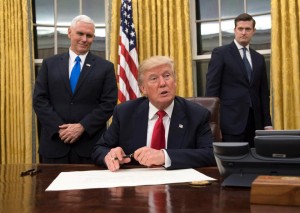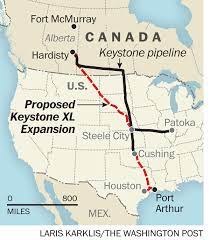Whether you agree or disagree with what President Trump did, there is little disagreement that he did a lot as President. If you disagree, you probably have either did not pay attention or only watched CNN, ABC, CBS, NBC, or MSNBC, since those T.V. stations generally did not and do not report the positive actions the President took or downplayed/twisted his accomplishments. To help remedy this situation, I’ve compiled a list of a few of the President’s accomplishments.
1. Created the largest reduction in Federal income tax rates that the U.S. has ever had for both people and businesses, leading to the largest economic boom the U.S. has ever seen. This has resulted in the lowest unemployment rates ever for African-Americans, Hispanic-Americans, and Asian-Americans, and an overall unemployment rate of 3.5%. It also has meant about 10% increase in wages to the lowest-paid workers and a total increase to average American families of about $10,000 and larger revenues from Federal taxes because of the vastly-increased economic activity.
2. Revised as much of Obamacare that was legally possible and replaced it with much better and less expensive healthcare insurance.
3. Ordered and signed hundreds of Executive Orders largely directing various Federal agencies to eliminate job-killing regulations.
4. Withdrew the United States from the do-nothing “Paris Climate Accords,” preventing billions of taxpayer dollars being transferred to other countries.
5. Appointed three “originalist” judges to the Supreme Court and about 200 Federal judges.
6. Coerced NATO members to add $140 billion to their previous donations to NATO.
7. Decreased illegal immigrant border crossings by 73%, thus improving the lives of legal immigrants as well as the poor since illegal aliens will work for “starvation wages” and thereby drastically lower the wages employers offer to unskilled workers.
8. Dow Jones Industrial Average increased in value by over 40% from when he was elected on November 8, 2016 to when he left office on January 20, 2021 as result of his economic policies.
9. Enabled the U.S. to become “energy-independent” by significantly increasing oil, gas, and coal production, thus freeing it from mid-east oil, as well as keeping Russia much poorer and therefore less able to militarily threaten other countries.
10. Created the Abraham Accords between Israel and the United Arab Emirates, Bahrain, Sudan and Morocco to normalize relations to help bring peace to the Middle East.
11. Re-established the United States as the world leader by bombing a Syrian airfield when Syria used chemical weapons against its citizens.
12. Destroyed the ISIS caliphate by delegating authority to the Secretary of Defense and removing Obama’s “Rules of Engagement.”
13. Significantly increased military spending in FY ’18, ’19, and ’20, thus vastly improving the military’s combat-readiness.
14. Re-negotiated trade agreements (NAFTA) with Mexico and Canada to make it fairer to the United States.
15. Approved the completion of both the Keystone and Dakota Access oil pipelines, thereby preventing the more dangerous train and trucking of the oil.
16. Cancelled U.S. participation in the very flawed and harmful-to-the-U.S. Trans-Pacific Partnership (TPP).
17. Withdrew the U.S. from the Iranian nuclear deal and imposed a “maximum pressure” campaign on it that has forced Iran to curtail its funding of its terrorist proxies.
18. Negotiated a trade deal with China to curtail Chinese tariffs, add American tariffs, and stop Chinese theft of American intellectual property.
19. Built about 500 miles of 30-ft. high wall on our southern border to curb illegal immigration, narcotics, and human trafficking.
20. Withdrew from the Intermediate-Range Nuclear Forces Treaty with Russia so as to compete with China, who has heavily invested in these weapons.
I’ve only listed a small sampling of the Trump Administration’s achievements. Last I looked, there’s a few hundred things that improved the lives of Americans and the United States. Since I have been following politics starting in 1960, beginning with the Kennedy-Nixon debates, I’ve never seen any President do more or work so hard in his first term than President Trump. He became a genuine “Jobs President,” which enabled it to quickly snap back after the economy was shut down to thwart off Covid. His policy positions were superb for the United States and his “in-your-face” and negative campaigning style I believe were partly responsible in his being elected President. If he continues to improve in being more prudent in selecting the words he uses in his tweets and comments, I believe he will change many hearts and minds of Independents and Moderate Democrats and will be elected once again in 2024…and perhaps become one of the greatest President in U.S. history.


